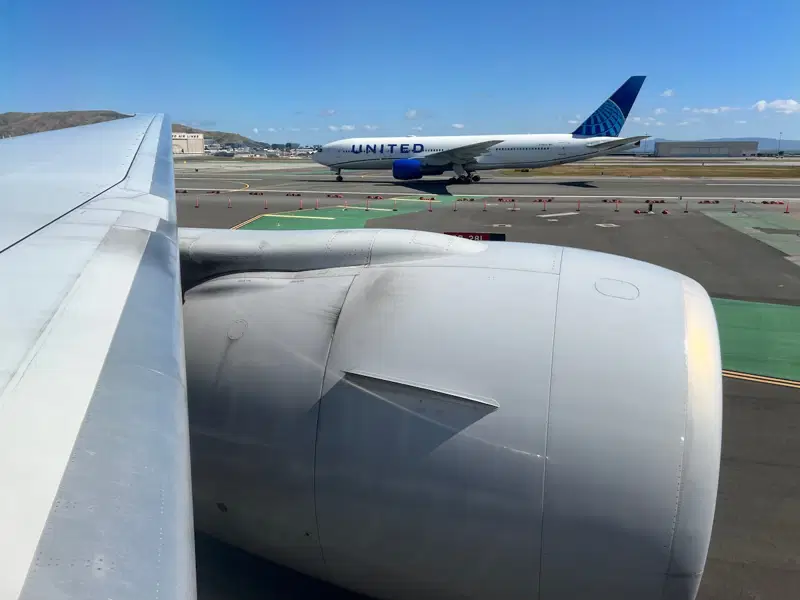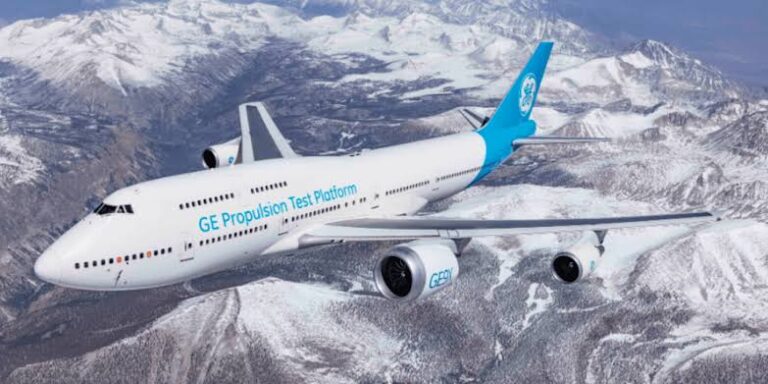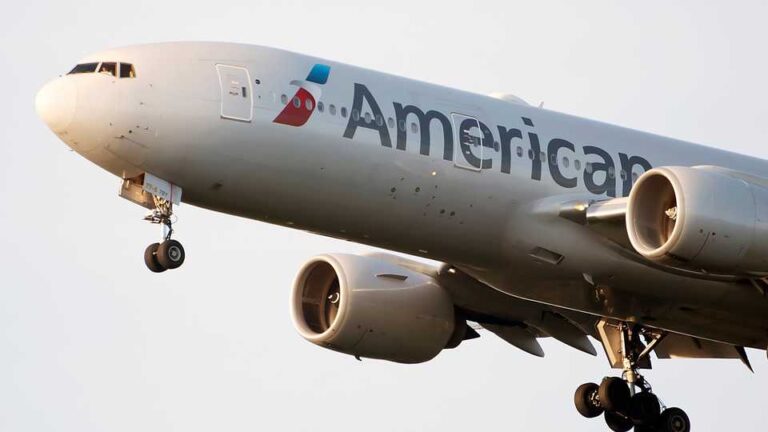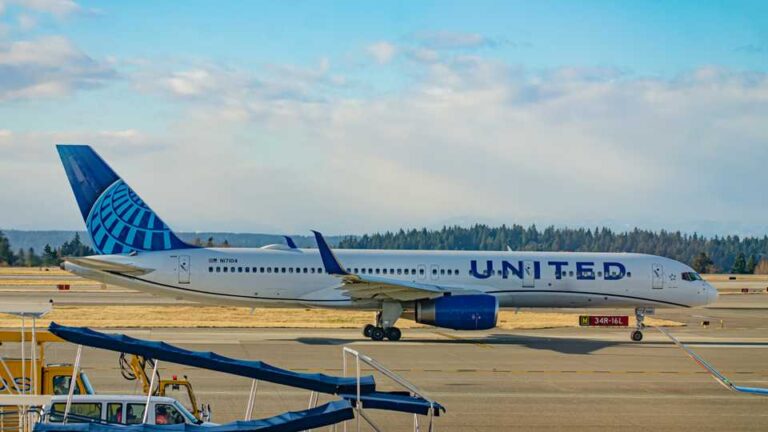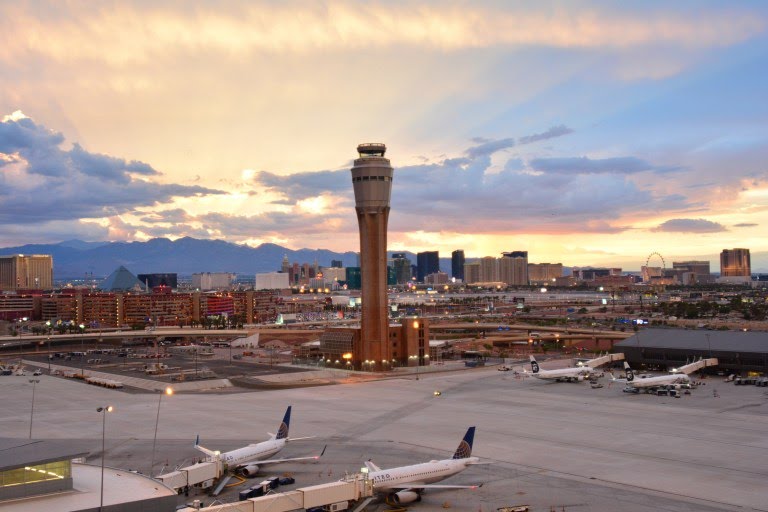United Reduces Australia Flights In Peak Season… Again Ben Schlappig
United Airlines is significantly reducing capacity to Australia for this upcoming peak season… for a second time (thanks to @IshrionA and @xJonNYC for flagging this).
United’s latest Australia capacity cuts
United Airlines has just updated its schedule to reflect significant capacity cuts to Australia for this upcoming peak season, which runs from late October 2024 until late March 2025:
The San Francisco (SFO) to Sydney (SYD) route was supposed to operate 2x daily throughout the winter season, but the second daily flight will now only operate from December 20, 2024, through March 5, 2025, it’ll be 4x weekly during that period, and it will be downgraded from a 777-300ER to a 777-200ER
The San Francisco (SFO) to Melbourne (MEL) route was supposed to be operated by a 777-300ER, but has been downgraded to a 787-9
The Los Angeles (LAX) to Melbourne (MEL) route was supposed to operate daily in November 2024, but has been reduced to 3x weekly (though it’s daily for the rest of the season)
The Houston (IAH) to Sydney (SYD) route was supposed to operate daily in November and December 2024, but has been reduced to 3x weekly over that period (though it’s daily for the rest of the season)
These latest cuts are in addition to previously announced South Pacific cuts, as United already revealed that it would pull the seasonal Los Angeles (LAX) to Auckland (AKL) and Brisbane (BNE) routes for this upcoming peak season.
My take on United’s Australia capacity cuts
United Airlines is by far the most global of the “big three” US carriers. The airline is also more willing to experiment with new routes than American and Delta, and I really respect that.
In late 2023, United experimented with a huge South Pacific expansion, which saw the airline operate its biggest schedule across the South Pacific ever. United added so much capacity that it operated more flights than Qantas between the United States and Australia.
The logic for this expansion was obvious — airlines do very well flying their wide body aircraft across the Atlantic in summer, but then they have an excess of wide body jets in winter, especially with Asia demand just not having fully recovered. So United wanted to see if it could add capacity to the South Pacific in a profitable way.As much as airlines try to maintain high fares between the United States and Australia in premium cabins, it’s just not that lucrative:
It’s heavily leisure oriented, as there’s not all that much business travel between the United States and Australia (compared to between New York and London, for example)
Demand between Australia and the United States is less seasonal than people assume, since demand is heavily ex-Australia, as people want to visit the United States in summer; however, US carriers are better off flying planes to Europe that time of year
While there is leisure demand departing the United States for travel across the Pacific in peak season, there aren’t such long school holidays, so that limits the types of travelers who can take these trips
Australians do have a strong preference for flying with Qantas
Even with United’s latest capacity cuts to Australia, the airline still has a larger presence in Australia than American and Delta combined, which isn’t saying a whole lot. American and Delta each offer two routes between the United States and Australia (with one being year-round and one being seasonal), while United offers six routes between the United States and Australia (with five being year-round and one being seasonal).
To take a closer look at the routes:
United flies year-round between Los Angeles (LAX) and Melbourne (MEL), Los Angeles (LAX) and Sydney (SYD), San Francisco (SFO) and Brisbane (BNE), San Francisco (SFO) and Melbourne (MEL), San Francisco (SFO) and Sydney (SYD), and seasonally between Houston (IAH) and Sydney (SYD)
American flies year-round between Los Angeles (LAX) and Sydney (SYD), while the airline is launching a seasonal route between Dallas (DFW) and Brisbane (BNE)
Delta flies year-round between Los Angeles (LAX) and Sydney (SYD), while the airline is launching a seasonal route between Los Angeles (LAX) and Brisbane (BNE)
You can expect that most of those Brisbane routes will also be cut once the subsidies run out, so then American and Delta will be back down to one route
Bottom line
United Airlines is once again reducing capacity to Australia. Last peak season, United operated its biggest ever schedule between the United States and Australia, to the point that the airline had more capacity than Qantas.
That didn’t end up being very profitable, so United has been reducing capacity ever since. The airline has now announced upcoming peak season capacity cuts for the second time, which I can’t say I’m surprised by. Even with these cuts, United is bigger than American and Delta combined in this market
United Airlines is significantly reducing capacity to Australia for this upcoming peak season… for a second time (thanks to @IshrionA and @xJonNYC for flagging this).
United’s latest Australia capacity cuts
United Airlines has just updated its schedule to reflect significant capacity cuts to Australia for this upcoming peak season, which runs from late October 2024 until late March 2025:
The San Francisco (SFO) to Sydney (SYD) route was supposed to operate 2x daily throughout the winter season, but the second daily flight will now only operate from December 20, 2024, through March 5, 2025, it’ll be 4x weekly during that period, and it will be downgraded from a 777-300ER to a 777-200ER
The San Francisco (SFO) to Melbourne (MEL) route was supposed to be operated by a 777-300ER, but has been downgraded to a 787-9
The Los Angeles (LAX) to Melbourne (MEL) route was supposed to operate daily in November 2024, but has been reduced to 3x weekly (though it’s daily for the rest of the season)
The Houston (IAH) to Sydney (SYD) route was supposed to operate daily in November and December 2024, but has been reduced to 3x weekly over that period (though it’s daily for the rest of the season)
These latest cuts are in addition to previously announced South Pacific cuts, as United already revealed that it would pull the seasonal Los Angeles (LAX) to Auckland (AKL) and Brisbane (BNE) routes for this upcoming peak season.
My take on United’s Australia capacity cuts
United Airlines is by far the most global of the “big three” US carriers. The airline is also more willing to experiment with new routes than American and Delta, and I really respect that.
In late 2023, United experimented with a huge South Pacific expansion, which saw the airline operate its biggest schedule across the South Pacific ever. United added so much capacity that it operated more flights than Qantas between the United States and Australia.
The logic for this expansion was obvious — airlines do very well flying their wide body aircraft across the Atlantic in summer, but then they have an excess of wide body jets in winter, especially with Asia demand just not having fully recovered. So United wanted to see if it could add capacity to the South Pacific in a profitable way.As much as airlines try to maintain high fares between the United States and Australia in premium cabins, it’s just not that lucrative:
It’s heavily leisure oriented, as there’s not all that much business travel between the United States and Australia (compared to between New York and London, for example)
Demand between Australia and the United States is less seasonal than people assume, since demand is heavily ex-Australia, as people want to visit the United States in summer; however, US carriers are better off flying planes to Europe that time of year
While there is leisure demand departing the United States for travel across the Pacific in peak season, there aren’t such long school holidays, so that limits the types of travelers who can take these trips
Australians do have a strong preference for flying with Qantas
Even with United’s latest capacity cuts to Australia, the airline still has a larger presence in Australia than American and Delta combined, which isn’t saying a whole lot. American and Delta each offer two routes between the United States and Australia (with one being year-round and one being seasonal), while United offers six routes between the United States and Australia (with five being year-round and one being seasonal).
To take a closer look at the routes:
United flies year-round between Los Angeles (LAX) and Melbourne (MEL), Los Angeles (LAX) and Sydney (SYD), San Francisco (SFO) and Brisbane (BNE), San Francisco (SFO) and Melbourne (MEL), San Francisco (SFO) and Sydney (SYD), and seasonally between Houston (IAH) and Sydney (SYD)
American flies year-round between Los Angeles (LAX) and Sydney (SYD), while the airline is launching a seasonal route between Dallas (DFW) and Brisbane (BNE)
Delta flies year-round between Los Angeles (LAX) and Sydney (SYD), while the airline is launching a seasonal route between Los Angeles (LAX) and Brisbane (BNE)
You can expect that most of those Brisbane routes will also be cut once the subsidies run out, so then American and Delta will be back down to one route
Bottom line
United Airlines is once again reducing capacity to Australia. Last peak season, United operated its biggest ever schedule between the United States and Australia, to the point that the airline had more capacity than Qantas.
That didn’t end up being very profitable, so United has been reducing capacity ever since. The airline has now announced upcoming peak season capacity cuts for the second time, which I can’t say I’m surprised by. Even with these cuts, United is bigger than American and Delta combined in this market
